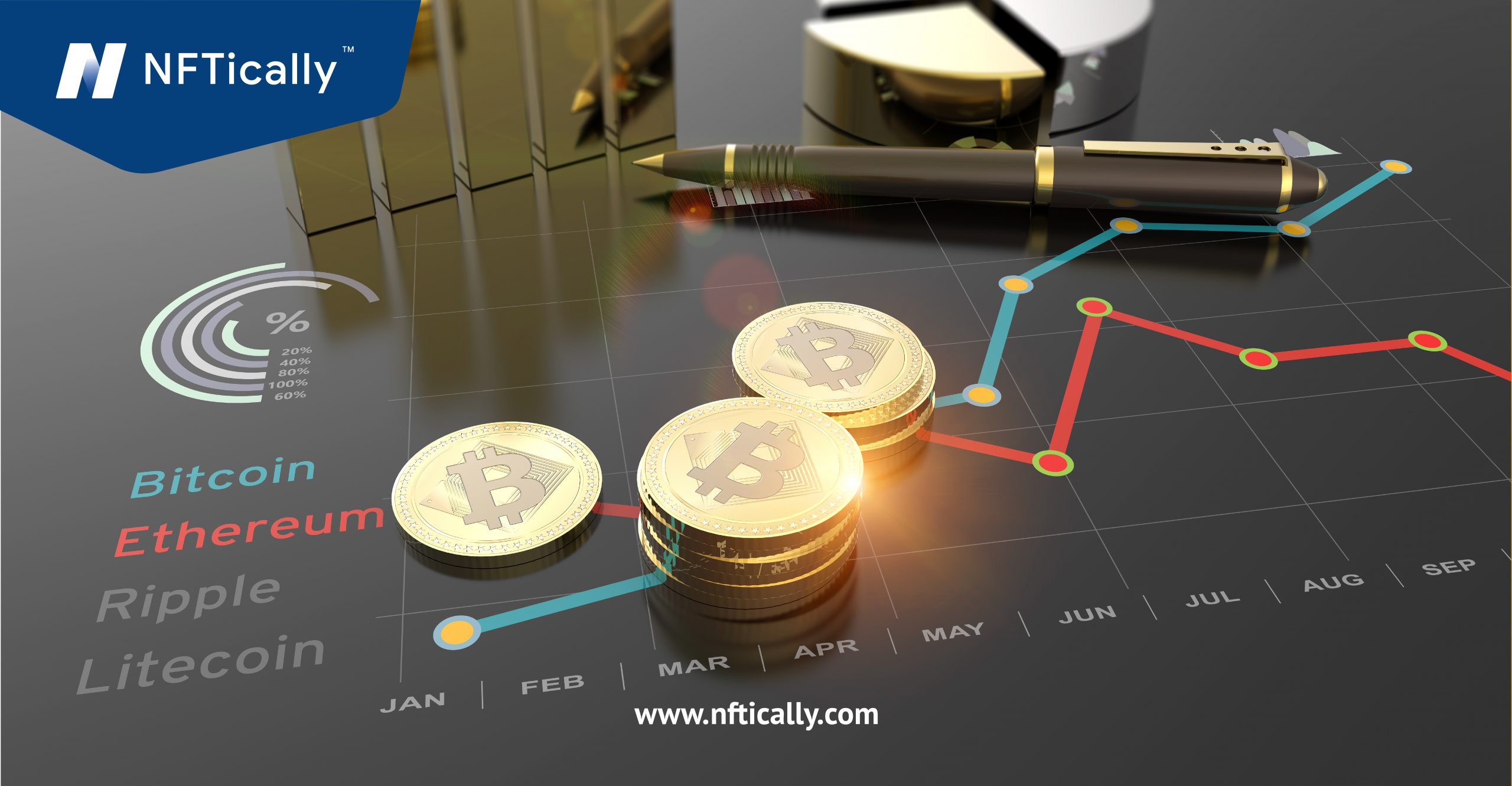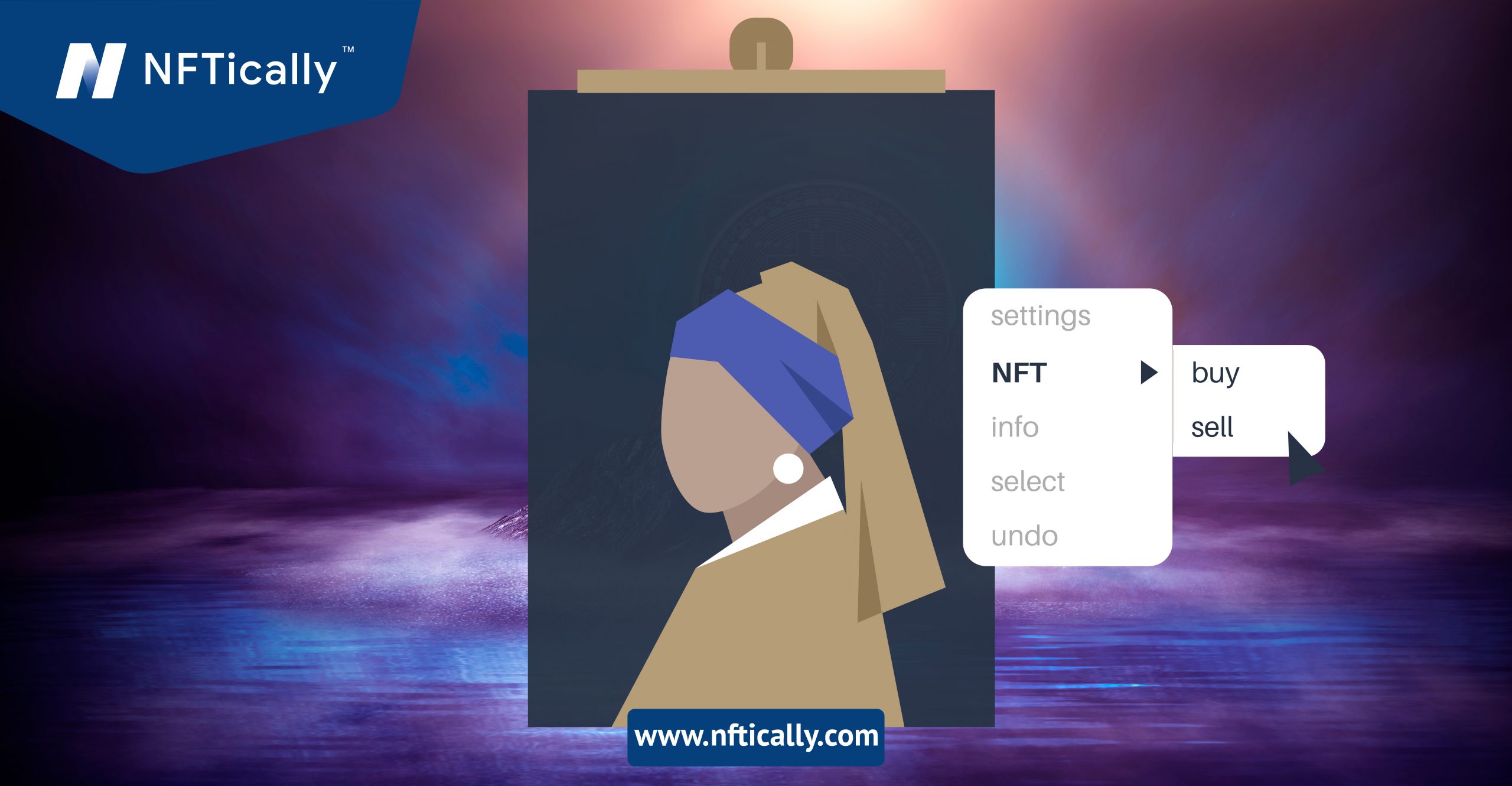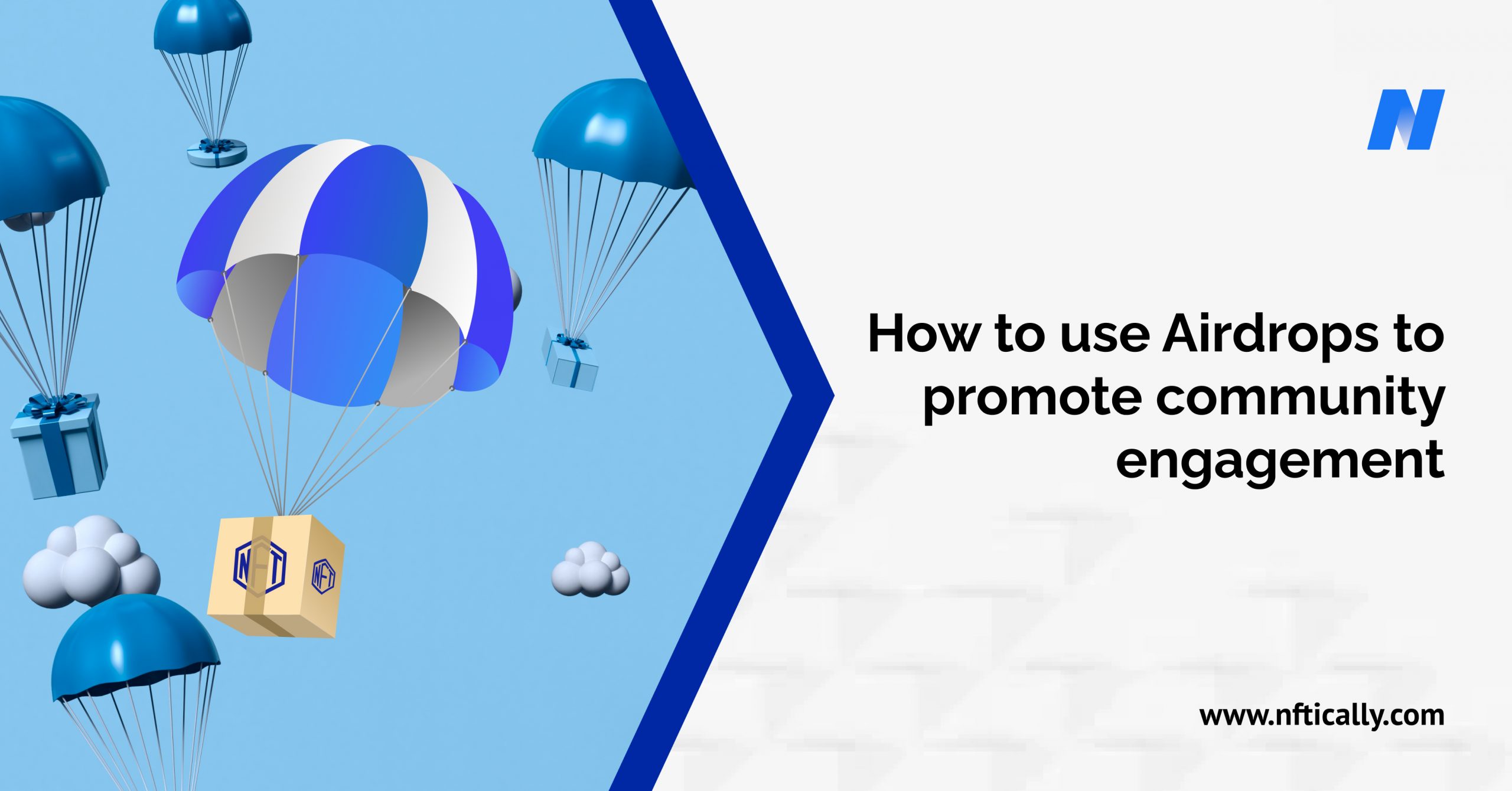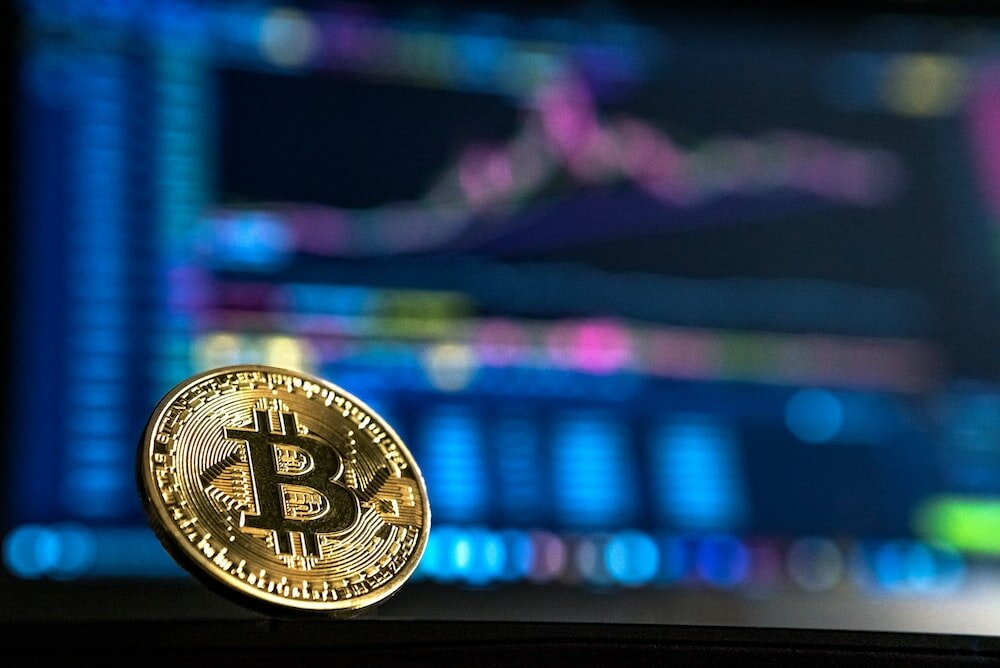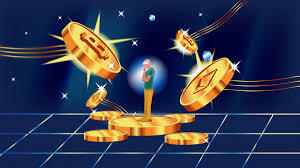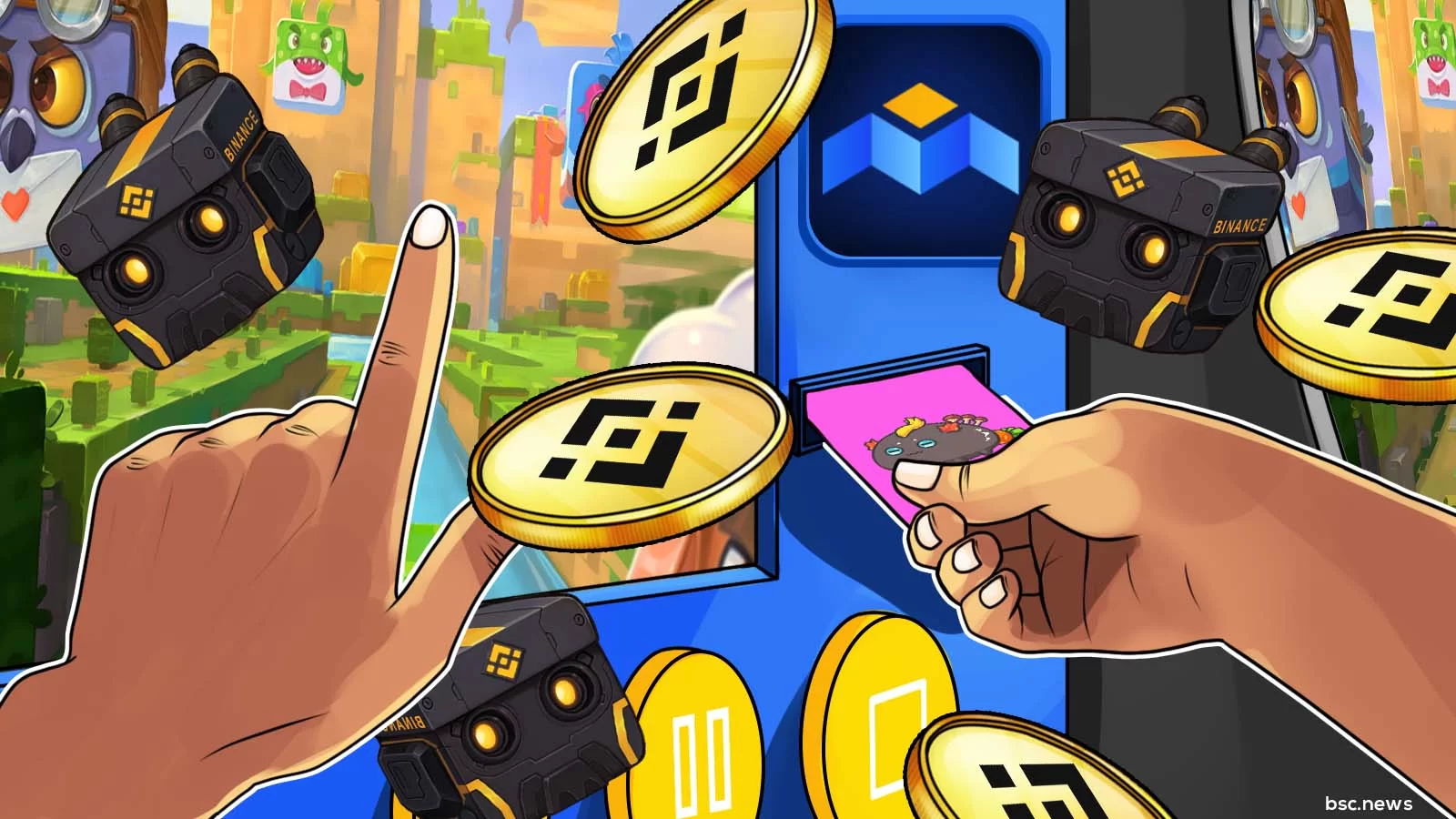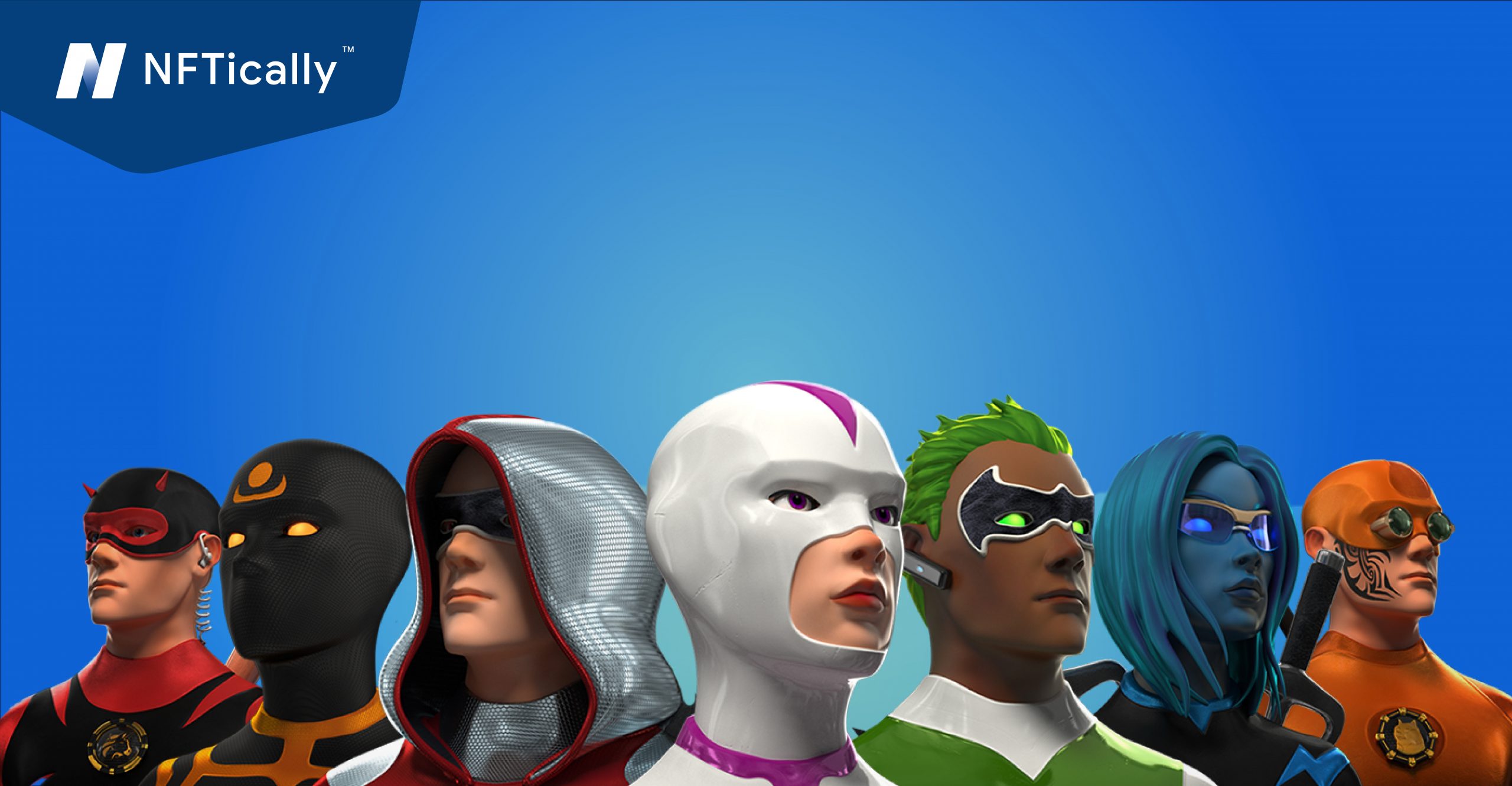How to Build an NFT Marketplace A Comprehensive Guide
Learn how to build an NFT marketplace with our expert guide. Start your journey to success with NFTs today!
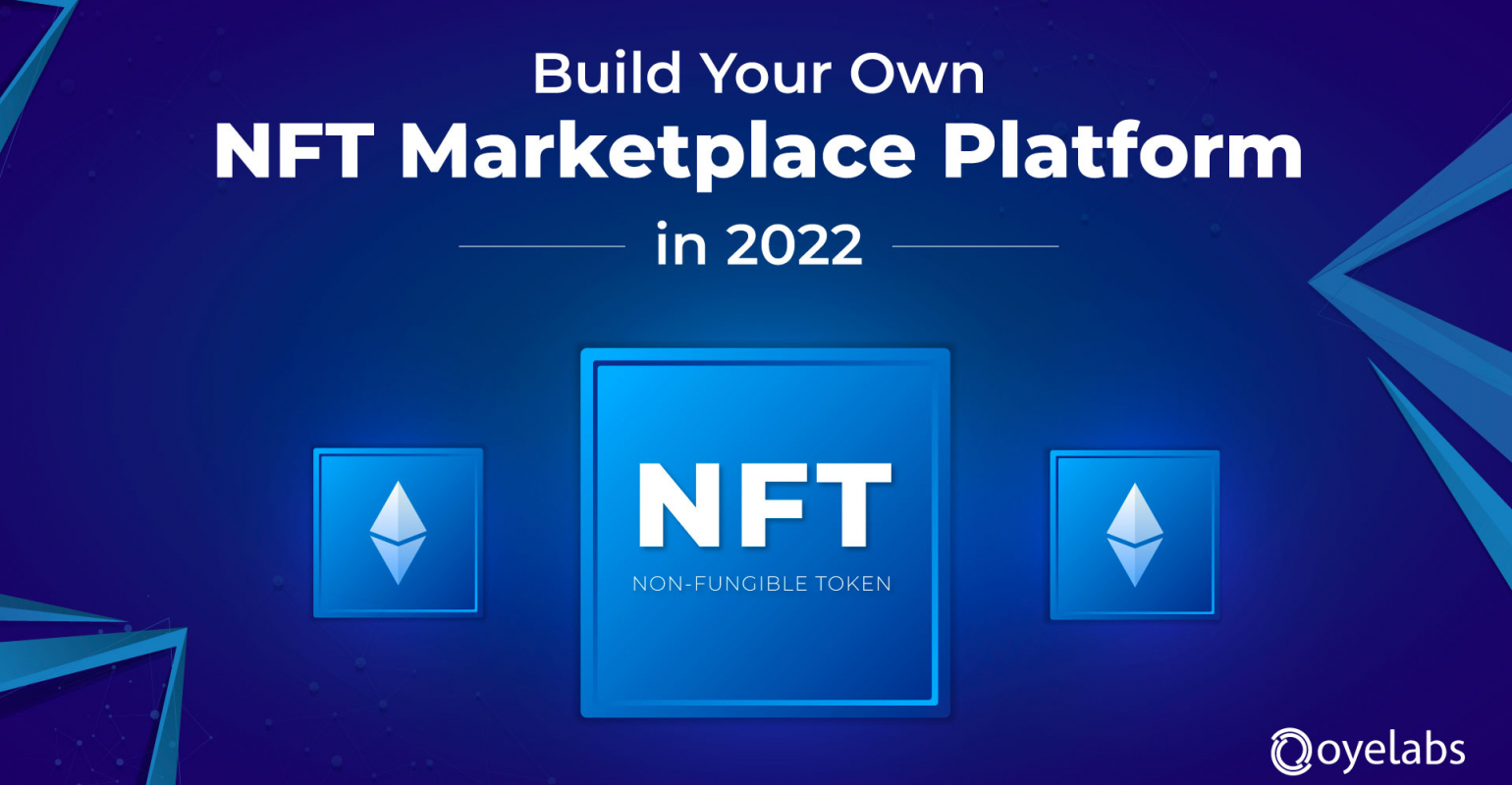
In recent years, the world of digital assets has witnessed a groundbreaking revolution, and at the forefront of this transformation are NFTs (Non-Fungible Tokens). These unique digital tokens have opened up a whole new world of possibilities for creators, artists, and collectors. If you're interested in tapping into this innovative market, you may be wondering how to build your very own NFT marketplace. This comprehensive guide will walk you through the process step by step, and along the way, we'll explore keywords such as "NFT market price," "NFT tokens price," "best NFT gaming," "NFT price chart," "NFT blockchain," "best NFT marketplaces," "NFT marketplaces," "NFTs for sale," and "NFT price" to help optimize your platform for search engines.
Section 1: Understanding NFTs and Their Market Price
Before embarking on your journey to build an NFT marketplace, it's crucial to understand the fundamentals. NFTs are digital assets stored on a blockchain, each one unique and irreplaceable. They have gained immense popularity in recent years due to their ability to represent ownership of digital and physical items. One of the most sought-after pieces of information in this realm is the "NFT market price."
NFT Market Price: This refers to the value or price of a specific NFT token in the market. It varies greatly depending on factors such as rarity, demand, and the artist's reputation.
Section 2: NFT Tokens Price and NFT Gaming
NFT Tokens Price: NFT tokens can encompass a wide range of digital assets, from art and music to virtual real estate and in-game items. When building your NFT marketplace, consider the types of tokens you want to support and how you'll allow users to price them. Create a system that caters to both sellers and buyers.
Best NFT Gaming: Gaming has become a hotbed for NFT adoption, with players and collectors vying for unique in-game items. Consider integrating a gaming section into your marketplace, offering gamers a platform to buy, sell, and trade their valuable in-game NFT assets.
Section 3: NFT Price Chart and NFT Blockchain
NFT Price Chart: Keeping track of NFT prices is essential for traders and collectors. Integrating a real-time?NFT price chart?into your platform can set you apart. Users will appreciate the ability to monitor the market, see trends, and make informed decisions.
NFT Blockchain: NFTs are built on blockchain technology, which ensures their security, authenticity, and traceability. When building your NFT marketplace, select a robust blockchain that suits your needs. Ethereum, Binance Smart Chain, and Flow are popular choices, each with its own benefits.
Section 4: The Best NFT Marketplaces and NFTs for Sale
Best NFT Marketplaces: Before building your marketplace, it's wise to examine the competition. Learn from existing successful NFT marketplaces, such as OpenSea, Rarible, and SuperRare. Understand what makes them popular and user-friendly, and implement similar features while adding your unique touch.
NFTs for Sale: To attract both creators and collectors, ensure your marketplace offers a seamless process for listing and buying NFTs. Implement user-friendly interfaces and consider a rating system for sellers to establish trust.
Section 5: Building Your NFT Marketplace
Now that you have a comprehensive understanding of the NFT ecosystem, it's time to start building your marketplace. Here are the fundamental steps:
- Market Research:?Understand your target audience, their preferences, and market trends.
- Choose the Blockchain:?Select the blockchain that aligns with your goals and resources.
- Development Team:?Hire experienced blockchain developers and designers.
- Smart Contracts:?Create smart contracts for minting, buying, and selling NFTs.
- User Authentication:?Implement a secure user authentication system.
- User Wallets:?Develop secure wallets for users to store and manage their NFTs.
- User Interface:?Ensure an intuitive and user-friendly interface for a seamless experience.
- Marketplace Features:?Include features like bidding, auctions, and real-time price tracking.
- Security Measures:?Prioritize security to protect user data and assets.
- Testing and Optimization:?Thoroughly test your platform, fix bugs, and optimize for performance.
Section 6: Promoting Your NFT Marketplace
To ensure the success of your NFT marketplace, promotion is key. Here are some strategies:
- Content Marketing:?Create informative blog posts, videos, and tutorials about NFTs and your platform.
- Social Media:?Utilize platforms like Twitter, Instagram, and TikTok to engage with the NFT community.
- Collaborations:?Partner with artists, influencers, and other NFT platforms.
- SEO Optimization:?Continuously optimize your platform for search engines using keywords like "NFT market price," "NFT tokens price," and others mentioned earlier.
Building an NFT marketplace is a significant undertaking, but with the right approach, it can be a rewarding venture in the world of digital assets. Understanding NFTs, market dynamics, and user needs is crucial. By providing a secure and user-friendly experience, your marketplace can thrive, offering creators and collectors a place to connect, trade, and explore the exciting world of NFTs.
What's Your Reaction?








